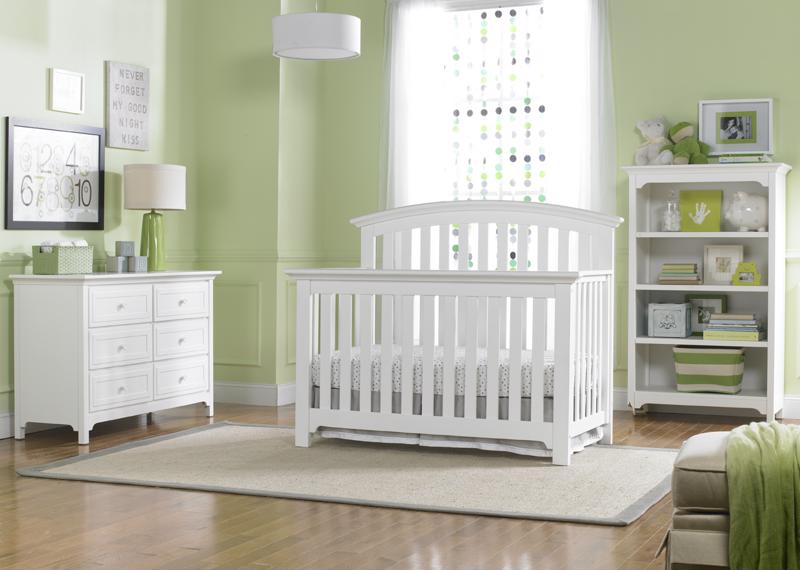Newborns typically sleep 16 to 20 hours a day. And when your little one sleeps that much, you should be taking all the precautions necessary to keep him or her safe. Sudden Infant Death Syndrome is the leading cause of death among infants between 1 and 12 months old, and the condition still remains unpredictable. Here is how to keep your sleeping baby safe:
Choose the right crib
The first step to ensuring your little one gets a safe and comfortable sleep is choosing the right crib. Be sure to buy a foam mattress that gives your baby enough neck support (from 3 to 6 inches). Consider an adjustable mattress so that when your baby gets bigger and starts sitting up, you can lower it so he or she cannot fall out of the crib. The slats in between the crib and mattress should be snug, so that your baby’s head cannot slip through or get stuck. They should be no more than 2 3/8 inches apart. Some mattresses and cribs come in pairs – this is the best option for making sure all of the sizing is right.
Make sure to choose a flat surface for your crib. Give it a good shake after you put it together to make sure it doesn’t wobble or rattle on the floor. If it does, find a sturdier stretch of floor.
Watch how your baby sleeps
Putting infants on their back while sleeping can reduce the risk of SIDS. Do not place soft blankets, comforters or pillows in the crib with your baby. If you’re co-sleeping with your little one, do not smoke. The exposure to cigarette smoke can increase the chance of SIDS. Control the temperature of the room while your child sleeps, and dress him or her accordingly. Keep your baby in light clothing so that he or she does not overheat during the night.
 Make sure you’re buying a safe crib.
Make sure you’re buying a safe crib.
Control where your baby sleeps
Don’t let your little one sleep for long periods of time in the car seat, sling or stroller because these items can suffocate him or her. If your baby does fall asleep, take him or her out as soon as possible and place your infant in the crib.
Be sure not to let your baby sleep on a waterbed, sofa or any soft mattress.
Create a sleeping schedule
Making sure your baby sleeps enough will help ensure that he or she stays healthy. Break up the average of 16 hours a day into three- to four-hour periods. Don’t let your little one sleep past four hours, because he or she needs to eat. If you accidentally skip a meal, you’ll notice your little one’s crankiness. If you ever feel like your baby isn’t sleeping enough or is sleeping too much, contact a health care professional.
Keep an eye on your infant
One of the best ways you can keep your infant safe while he or she sleeps is to use a baby monitor. You and your partner can have all eyes and ears on your child while he or she sleeps to ease your minds. Thanks to today’s technological advances, some baby monitors feature LCD screens, high sound clarity and superb image quality. Some monitors even allow you to hook up the device with your smartphone so you’re always in control. Newer, advanced models allow for two-way communication so if your little one wakes up, you can lull him or her back to sleep with a lullaby.
